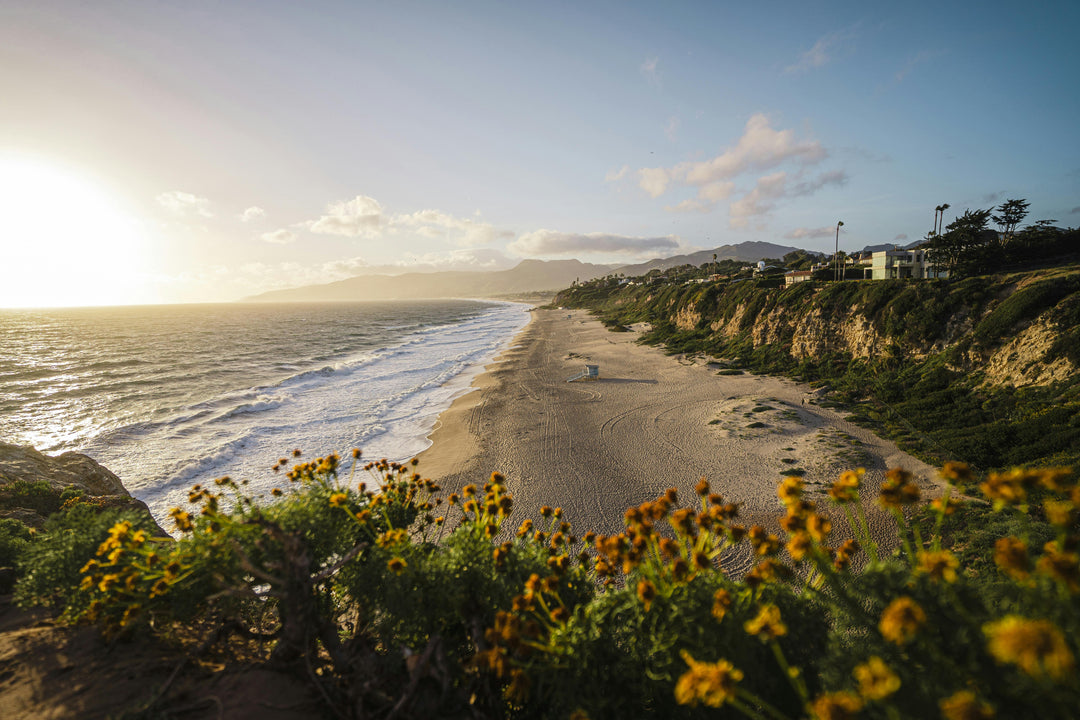Joe Quigg: The Surfboard Pioneer Who Transformed American Surf Culture
Joe Quigg, a pioneer in the world of American surfing, made substantial contributions to surfboard design, helping shape the modern surf culture we know today. Quigg, born in 1925 in Los Angeles, California, was deeply drawn to the ocean from an early age. His innovation, skill, and passion for surfing would leave an indelible mark on the sport.
Early Life and Introduction to Surfing
Joe Quigg grew up along the beaches of Southern California during a time when surf culture was starting to take shape, but longboards dominated the waves. He first picked up surfing in the 1930s and soon became known for his prowess on a board. His early exposure to the sport laid a strong foundation for his future in surfboard innovation, which would be largely driven by his deep understanding of how boards interacted with waves.
Military Service and Wartime Engineering
During World War II, Quigg served in the U.S. military, where he developed technical skills in engineering and design. Although his service took him away from the waves, it provided him with knowledge that he would later apply to surfboard construction. His time in the military gave him a perspective on precision and durability, which would later play into his work designing and shaping boards.
A Design Revolution: The Malibu Chip and the Balsa Revolution
After returning from service, Quigg took a job at the Santa Monica shop of surfboard shaper and surf culture icon Tom Blake. It was there that he started experimenting with board designs that would revolutionize the sport. Among his most notable contributions was the development of the “Malibu Chip” in the late 1940s. The Malibu Chip, named after the famous Malibu surf break, was a lighter, more maneuverable board than anything surfers had experienced before. Crafted from balsa wood, this board allowed surfers to take sharper turns, setting the stage for a more dynamic style of surfing.
Quigg also pioneered the use of fiberglass and resin in surfboard design, materials that improved the durability and performance of boards. The “balsa revolution,” as it came to be known, signaled a major turning point in surfboard construction, moving away from the heavy redwood boards of the early 20th century. Quigg’s design allowed surfers to truly harness the power of the waves in a new way, pushing the boundaries of what was possible on a wave.
Collaboration with Velzy and the Iconic Quigg-Velzy Partnership
In the early 1950s, Quigg collaborated with another legendary shaper, Dale Velzy. Together, they refined surfboard shaping techniques that laid the groundwork for surfboard manufacturing as an industry. While Velzy was known for his business acumen, Quigg was known for his technical skill and artistic approach to board shaping. This partnership helped popularize surf culture, making high-quality, mass-produced boards available to the growing community of surfers along the California coast.
Legacy and Impact on Surf Culture
Quigg’s impact on surf culture extends beyond the design of surfboards. His boards were among the first to allow surfers to perform maneuvers like cutbacks, noserides, and tube riding, which became hallmarks of the California surf style. He helped usher in a new era where surfing was more than just a pastime—it was a lifestyle that celebrated freedom, creativity, and a deep connection to nature.
Quigg’s designs also laid the foundation for surfboard shaping as an art form. He treated each board as a unique piece, meticulously considering how it would handle on a wave. His commitment to craftsmanship influenced generations of shapers who followed, setting standards of quality and innovation that remain central to the industry today.
Later Life and Legacy
In his later years, Joe Quigg continued to shape boards for those who sought out his expertise. He moved to Hawaii, where he embraced the vibrant surf scene and continued to influence local surfers with his designs. Quigg’s dedication to surfing and his innovations earned him a revered place in surf history. He was inducted into the Surfing Walk of Fame in Huntington Beach, California, honoring his lifetime contributions to the sport and culture of surfing.
Quigg’s influence is still felt in every corner of surf culture. His designs and ideas reshaped not just the boards themselves but the very experience of surfing, setting the stage for the evolution of the sport. Through his pioneering spirit and deep love for the ocean, Joe Quigg stands as a key figure in American surf history, leaving behind a legacy of innovation and inspiration for generations of surfers.









